
Definition
Hallux Limitus: Loss of motion in the big toe (first metatarsophalangeal, or MTP) joint.
Hallux Rigidus: Decreased big toe mobility due to MTP joint stiffness and arthritic joint changes.
General Info
Hallux is the medical term for the big toe. The big toe is one of the most important parts of the body, as it provides propulsive force during gait and helps stabilize the entire foot and body. The big toe should possess between 50 and 90 degrees of extension—also known as dorsiflexion—if it is healthy and injury free, and a person should be able to move his or her big toe through a full and pain-free range of motion (including both extension and flexion). A dysfunctional big toe will cause other parts of the body, especially the joints and tissues of the lower extremity, to compensate when walking or running, which places increased strain on these structures and may, over time, cause pain and fatigue.
Hallux limitus is the term foot health experts use to describe loss of motion in the big toe joint. The MTP joint of the big toe is the structure affected by this health problem. The first MTP joint is the location where the big toe forms a joint with the first metatarsal bone—a long, thin bone that spans the forefoot and midfoot.
Hallux rigidus is considered by many physicians to be the end stage of hallux limitus, or a state in which the ability to create motion in the big toe is lost or severely restricted. Hallux rigidus may lead to long-term damage of the first MTP joint, and it usually involves erosion of the joint cartilage and the development of osteoarthritis, or degenerative joint disease. Hallux rigidus is a condition characterized by near-ankylosis, or a state in which the big toe becomes stiff and immobile due to the partial fusion of the involved bones.
Signs & Symptoms
Some of the most common signs and symptoms associated with hallux limitus or rigidus include:
- Limping
- Pain and stiffness when moving the big toe
- Pain and stiffness brought on by cold, damp weather
- Swelling and inflammation in or near the first MTP joint
- Pain in other lower extremity joints as well as the low back
- Pain in the affected area when walking, running, or squatting
Possible Causes
Hallux limitus and rigidus are often considered idiopathic, or caused by unknown factors, but certain known factors may contribute to this health problem too. Possible causes of hallux limitus and rigidus include:
- Trauma
- Overuse
- Genetics
- Faulty foot biomechanics
- Rheumatoid arthritis, gout, or other inflammatory diseases
One of the most significant factors contributing to this health problem, however, may be the prolonged use of inappropriate footwear, especially footwear that constricts the toes.
Helpful Strategies
Non-surgical treatment options exist for this health problem and may help reduce symptoms. Possible conservative care treatment options for hallux limitus and rigidus include:
-
Shoe Therapy: Minimalist shoes with wide a toe box enable the toes to splay properly.
-
Physical Therapy (PT): Ultrasound or other PT modalities may help relieve any symptoms.
-
Correct Toes: A toe spacing appliance that helps realign the big toe with the first metatarsal.
-
Topical Pain Relievers: Natural pain relievers may help reduce swelling, pain, and inflammation.
-
Stretches: Daily stretches, such as the Toe Extensor Stretch and the Big Toe Stretch, are often helpful.
The extent to which non-surgical treatment (e.g., using Correct Toes, wearing wide toe box shoes, applying natural pain creams, etc.) can alleviate hallux limitus and hallux rigidus depends on a person’s ability to manually move his or her big toe in two directions: 1) Away from the second toe (abduction) and 2) upward (dorsiflexion). If these movements are significantly restricted, conservative approaches may not help with these conditions. However, if some movement remains, the above-mentioned strategies can be useful.

WANT TO IMPROVE YOUR FOOT HEALTH?
Let the team at Natural Footgear help you! Subscribe to our newsletter for the latest offers and helpful info, and sign up for our FREE email courses on various topics and foot health conditions.
Sign Up →
Want to Improve Your Foot Health?
We are here to help you every step of the way. Get our newsletter for the latest offers and helpful info, and sign up for our FREE email courses on various topics and conditions, including bunions, hammertoes, neuromas, plantar fasciosis, shin splints, ingrown toenails, and more.
Sign Up →
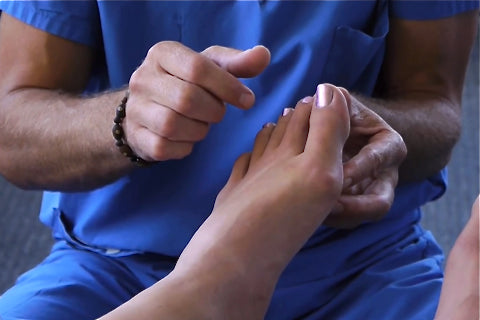 In this video, Dr. Ray McClanahan, a sports podiatrist at Northwest Foot and Ankle and the inventor of Correct Toes, dives deep into the condition called hallux limitus. Hallux limitus is a condition in which the big toe is unable to bend upward (or dorsiflex) to a proper degree. This foot health problem begins early in life in those who wear conventional footwear. Tapering toe boxes and other injurious shoe...
Read more
In this video, Dr. Ray McClanahan, a sports podiatrist at Northwest Foot and Ankle and the inventor of Correct Toes, dives deep into the condition called hallux limitus. Hallux limitus is a condition in which the big toe is unable to bend upward (or dorsiflex) to a proper degree. This foot health problem begins early in life in those who wear conventional footwear. Tapering toe boxes and other injurious shoe...
Read more




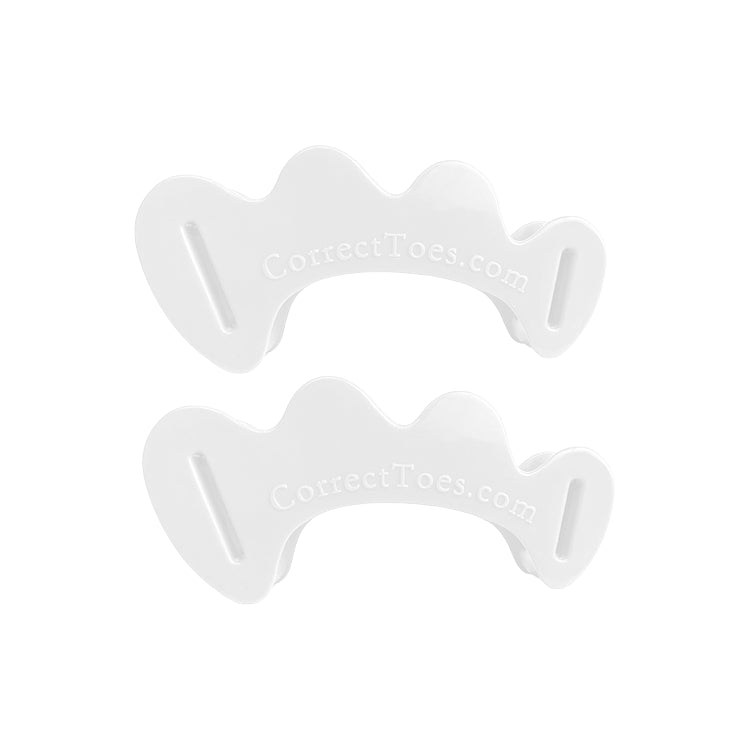
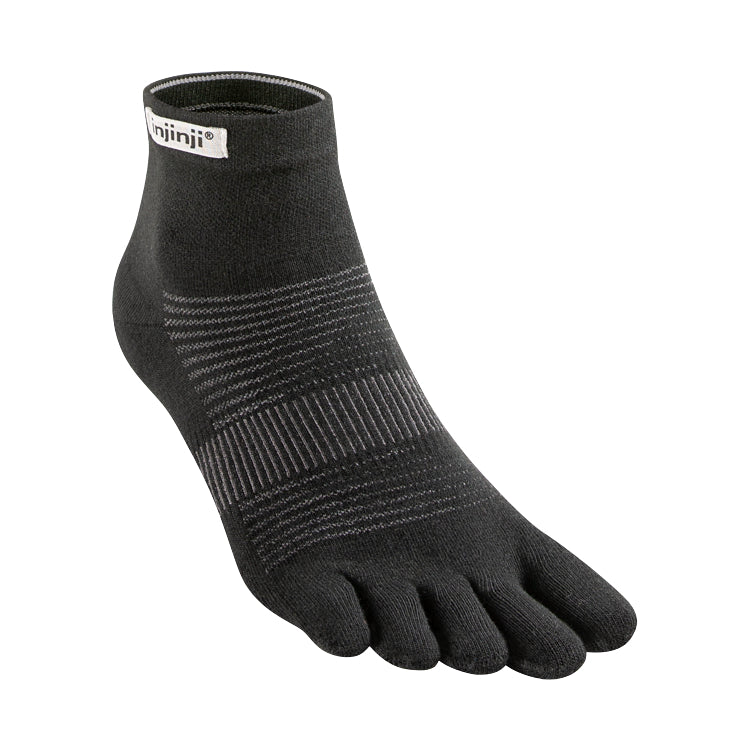

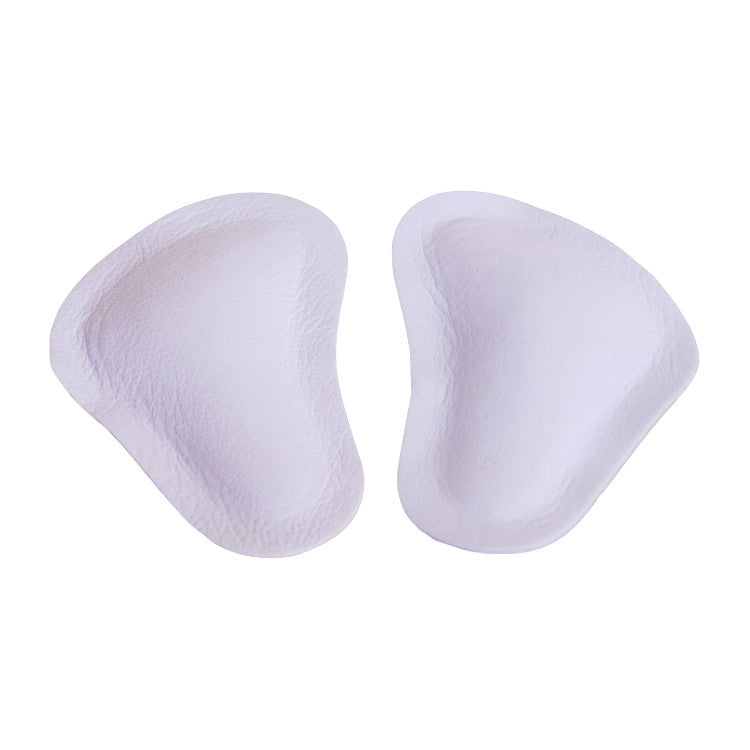
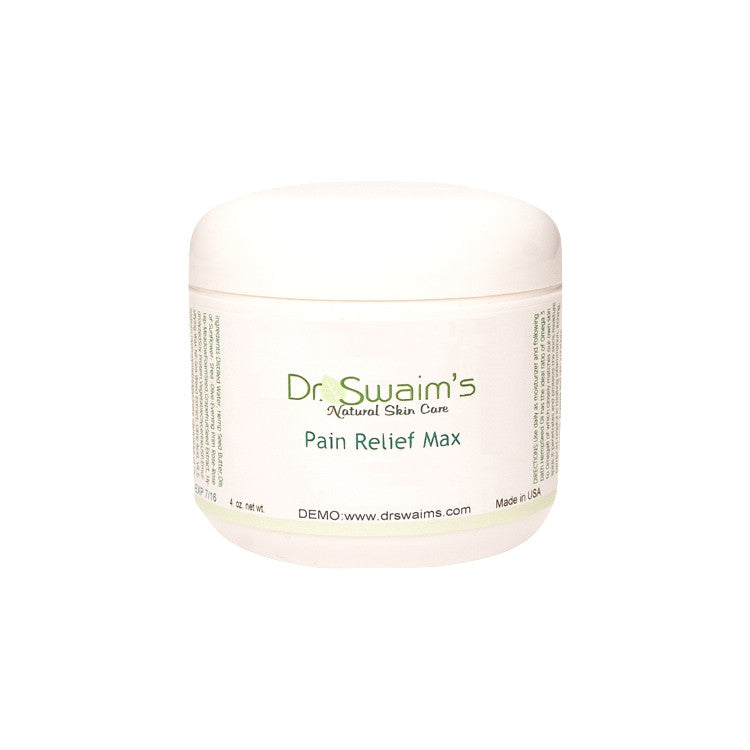
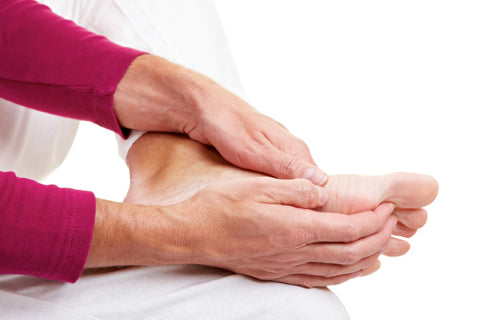

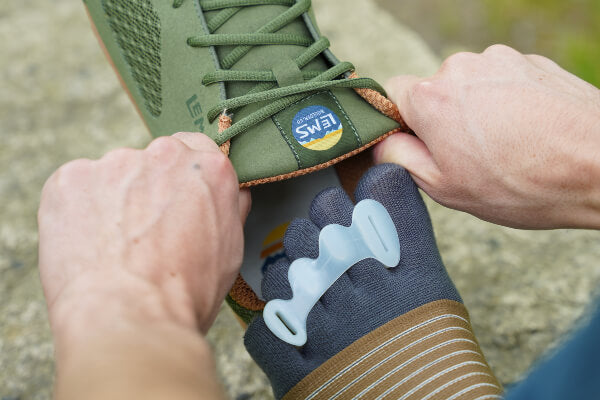
I discovered your products 6 months ago, and I have been using them ever since. I have seen changes in my feet, hips, and knees. Much better, love it! My question is: When I run, my big toe is, like, 30 degrees up. After some runs, I can see a hole in my sock toe—usually the right toe. I use Correct Toes most of the time, but not when I do a big race (half or full marathon). What can I do to keep my big toe flat?
Greetings, Luisa!
Thank you for your comment. I’m very glad to hear that you’ve been benefiting from your footgear! In terms of the big toe problem you mentioned, and in order to better assist you, I think we’d need to see an image of what you’re describing. Please do snap a quick photo, if you wish, and then send that over for us to evaluate.
Kind regards,
Robyn Hughes, ND